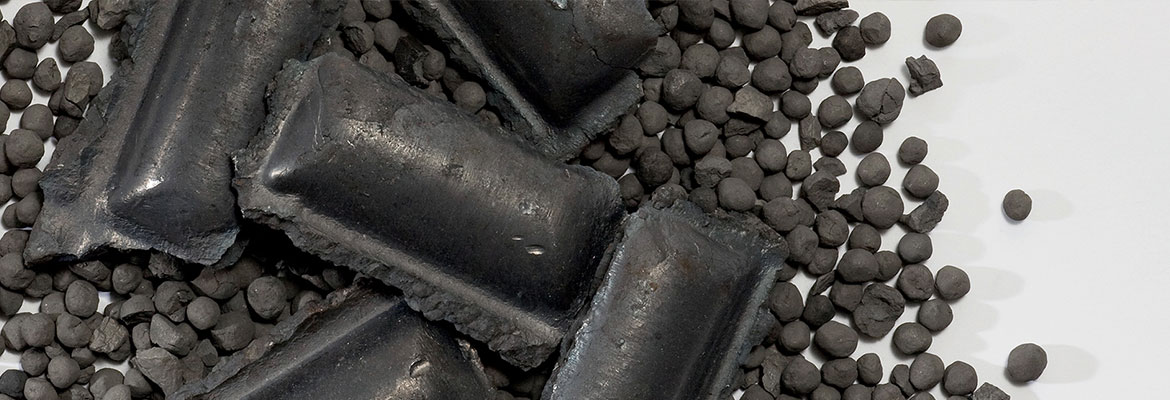
Direct reduced iron (DRI), also called sponge iron is produced from the direct reduction of iron ore (in the form of lumps, pellets, or fines) to iron by a reducing gas or elemental carbon produced from natural gas or coal. Many ores are suitable for direct reduction.
Reduced iron derives its name from the chemical change that iron ore undergoes when it is heated in a furnace at a high temperature of 800 to 1200 °C in the presence of a reducing gas called syngas which is a mixture of hydrogen and carbon monoxide.
Direct reduction refers to processes which reduce iron oxides to metallic iron at temperatures below the melting point of iron. The product of such solid state processes is called direct reduced iron.
Direct reduction processes can be divided roughly into two categories: gas-based, and coal-based. In both cases, the objective of the process is to drive off the oxygen contained in various forms of iron ore (sized ore, concentrates, pellets, mill scale, furnace dust, etc.), in order to convert the ore to metallic iron, without melting it (below 1200 °C).
The direct reduction process is comparatively energy efficient. Steel made using DRI requires significantly less fuel, in that a traditional blast furnace is not needed. DRI is most commonly made into steel using electric arc furnaces to take advantage of the heat produced by the DRI product.[3]
In modern times, direct reduction processes have been developed to specifically overcome the difficulties of conventional blast furnaces. DRI is successfully manufactured in various parts of the world and enables production of specialized iron and steel based products in a decentralized manner (as distinct from the older, centralized Open Hearth Furnace based model of the so-called 'Integrated' Steel Plants).
Factors that help make DRI economical:
Direct reduced iron is highly susceptible to oxidation and rusting if left unprotected, and is normally quickly processed further to steel. The bulk iron can also catch fire since it is pyrophoric. Unlike blast furnace pig iron, which is almost pure metal, DRI contains some siliceous gangue, which needs to be removed in the steel-making process.
| DRI Specification | |
|---|---|
| Fe | 87.52 - 92.88 |
| Al | 0.36 - 0.65 |
| Si | 2.44 - 6.09 |
| Ca | 0.75 - 1.25 |
| Mg | 0.58 - 0.72 |
| S | 0.02 - 0.16 |
| P | 0.01 - 0.04 |
| C | 1.64 - 2.01 |
| Mn | 0.15 - 0.37 |